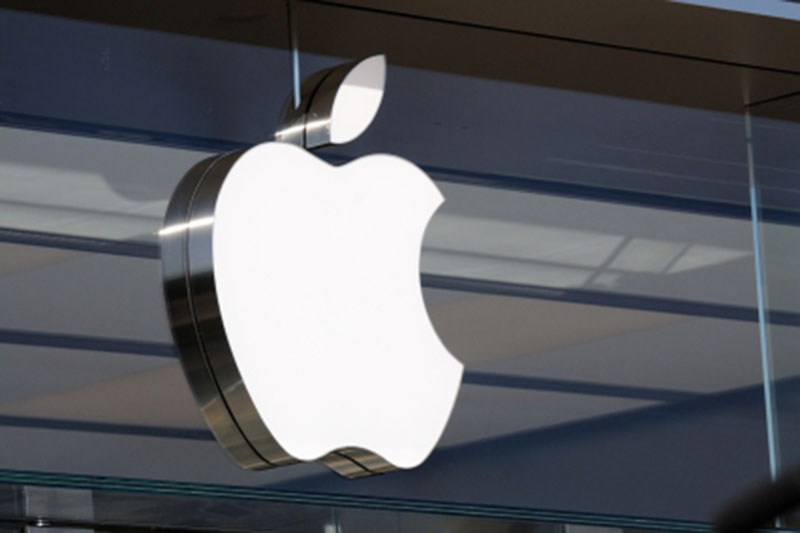Figma Shares Indicated To Open $105/$110
Investing.com -- The recent U.S. reciprocal tariffs announced by President Donald Trump are poised to significantly increase hardware costs for Apple (NASDAQ:AAPL), according to TF International Securities analyst Ming-Chi Kuo. The tariffs, which affect 85-90% of Apple’s hardware assembly currently based in China, as well as the remainder in India and Vietnam, are set at 54%, 26%, and 46%, respectively.
If Apple decides to maintain its current pricing structure, its gross margin could potentially decrease by an estimated 8.5-9%. However, Kuo suspects Apple could mitigate the impact on its gross margin to 5.5-6% without raising prices if India and Vietnam manage to secure tariff waivers through new U.S. agreements.
By 2025, it is expected that at least 15% of global iPhone production will shift to India, up from 10-12% in 2024. This shift is due to China’s unlikely concessions to the Trump administration for tariff exemptions. If India secures tariff exemptions and Apple increases its iPhone production capacity there to over 30% of the global supply, Kuo believes the negative impact on gross margins could shrink dramatically to just 1-3%.
The analyst contends that India and Vietnam are more likely than China to secure U.S. tariff exemptions. This could accelerate Apple’s shift of assembly orders away from China until non-Chinese production can satisfy most U.S. demand. This presumably includes U.S. production itself, as the company announced in late February that it had committed to spending over $500 billion on U.S. manufacturing over the next four years.
Despite the negative impact of the new tariff policies on Apple, Kuo says the company has several options to counter it.
In the U.S. market, high-end iPhones account for 65-70% of new model sales, and high-end consumers are relatively more accepting of price increases. The analyst suggests that Apple could also employ strategies like increasing carrier subsidies or reducing Trade-In program discounts to offset tariff costs while softening the perception of price hikes.
Apple could also reduce the impact of tariffs by putting more pressure on its supply chain to cut costs. The analyst stated that even if tariffs push Apple’s gross margin below 40%, this dip is expected to be short-lived, with long-term margins likely staying above 40%, given the strategies above.
More importantly, Kuo thinks the medium- to long-term focus should be on the potential macroeconomic fallout from the Trump administration’s new tariff policies. He maintained that weaker consumer confidence and purchasing power could lengthen Apple’s device replacement cycles.
It is worth noting that Apple is aware of these tariff risks. Shortly after Trump’s initial tariff announcements, the company announced a $500 billion investment in U.S. manufacturing. The investment aims to create jobs, expand facilities in several locations, and build a new factory in Texas—an initiative highly touted by Trump.
However, investors remain cautious and pessimistic, as the stock has seen an 8% downtick in today’s trading.
